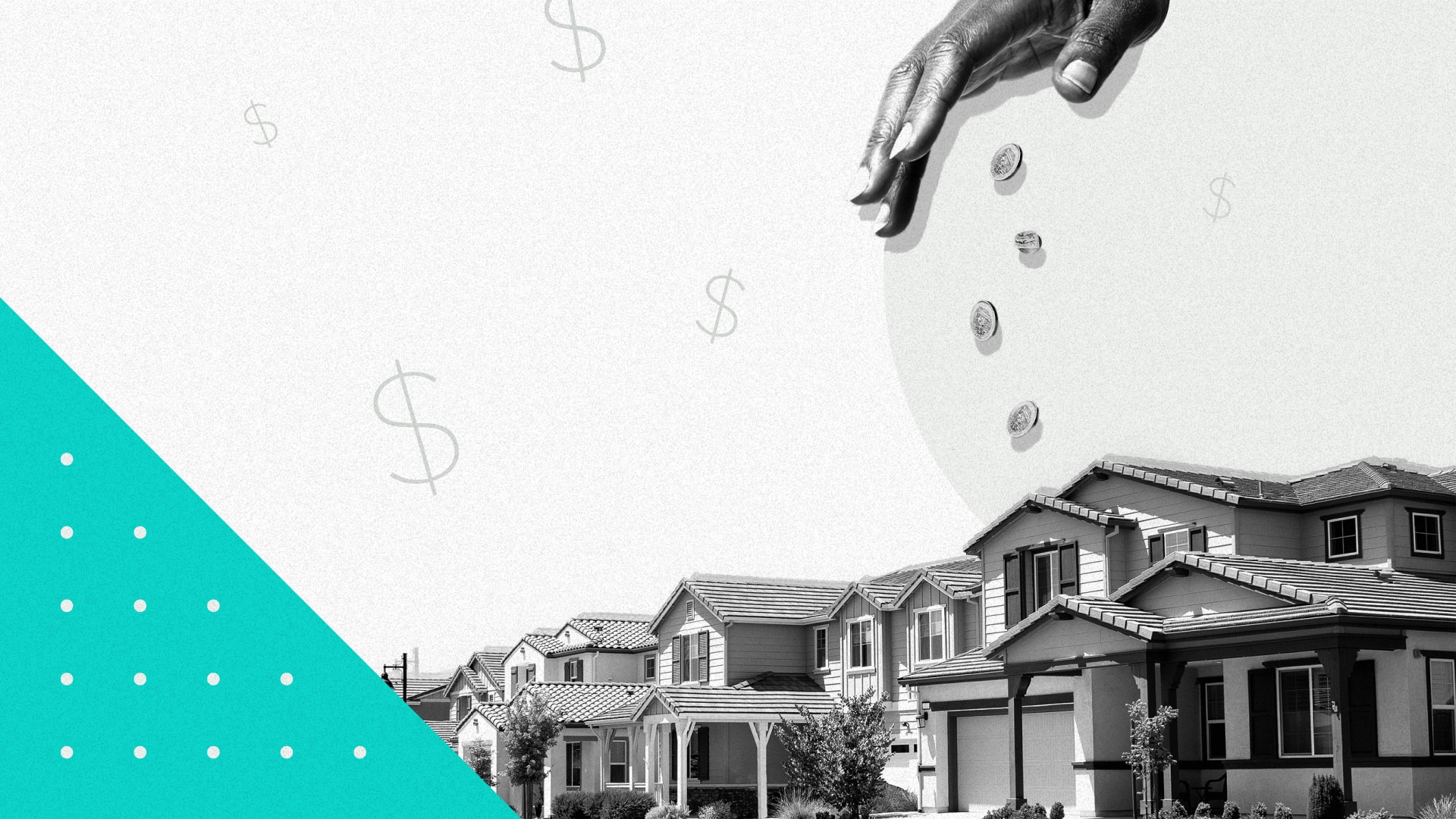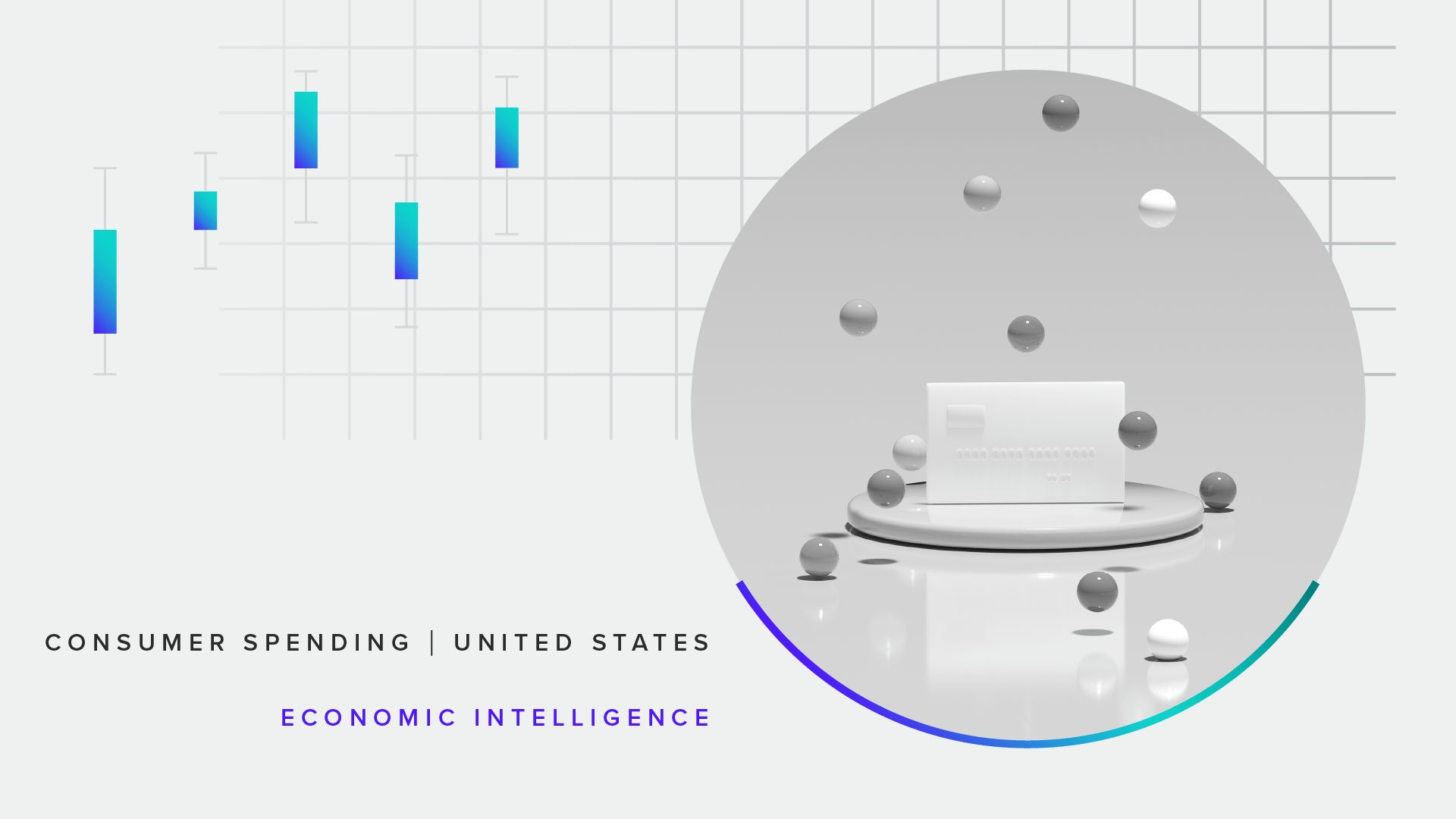Where Consumer Spending Stands Midway Through 2025

Key Takeaways
Morning Consult’s data showed that real consumer spending was higher in the first half of 2025 than in the same period on average over the past three years.
Rising spending may be due in part to relief on housing costs, as some consumers–particularly in the South and West–are capitalizing on weaker housing markets and plentiful apartment supply to reduce housing cost burdens.
The Consumer Health index has historically been a leading indicator for spending, and July readings suggest some slowing in otherwise resilient spending momentum.
Consumer spending was solid in the first half of 2025
Despite eye-catching headlines about tanking consumer sentiment and economic concerns over tariffs, the first six months of 2025 were relatively strong in terms of spending. This surprising resilience carried through to June, when the Census Bureau reported retail sales grew 0.6% month over month, beating expectations by a wide margin.
Morning Consult’s spending data, which covers a broader set of categories including goods and services, has also maintained decent growth lately. To put 2025 spending into context, real (inflation adjusted) spending levels for 2025 are compared with the average spending levels for the same months of the prior three years. Relative to this recent average, 2025 spending over the first half of the year has generally been higher. The gap narrowed slightly in June, with 2025 spending 1.8% higher than the previous 3-year average for that month; down from the 3.6% higher level in March.
As Morning Consult has previously reported, the story is inconsistent across income groups. The strength in purchasing throughout the first half of 2025 has primarily been driven by adults earning more than $50,000 annually. The highest income group–earning $100,000 or more annually–has had the strongest 2025, with outlays in every single month surpassing the average level of the past 3 years. Those earning between $50,000 and $99,999 have generally spent more this year, but less consistently and by a narrower margin. Meanwhile, the lowest income group has followed a different trajectory: This group, which has lagged other groups in recovering from the challenges of the 2022 inflation spike, spent less than their 2022-2024 average in nearly every month this year.
Notably, however, all income groups’ spending levels appear to be converging in reverting toward their recent mean level. High earners’ spending had its narrowest margin above 2022-2024 average levels in June (0.3%), the middle income group spent 2.5% less than their past average, and lower earners, for the first time this year, recorded a slightly higher spending level (by 0.3%) than their 2022-2024 average.
Housing cost relief may be boosting other spending for some consumers
One factor that may be helping to support spending in 2025 is long-awaited relief in housing costs. While home prices continue to climb nationwide, certain markets–particularly in the South and West regions–are experiencing a more pronounced slowdown. Soft demand driven by high interest rates and general unaffordability appears to finally be forcing down prices in some areas. For renters, an oversupply of apartments in some markets is leading to lower rents and more concessions to lure buyers.
Morning Consult’s spending data broken out by region highlights how housing markets in various parts of the country are impacting consumer budgets. Most of the markets with falling home prices are concentrated in the South, and consumers in this region were the only group to report a decline in monthly spending on housing in the second quarter of 2025, compared with the same period a year ago. Consumers in the West, which is also starting to see some markets with price declines, had the most modest spending growth on housing, whereas those living in the still-strong Midwest and Northeast housing markets reported relatively large increases in housing expenditures.
In short, those that have the option to capitalize on housing cost relief–namely those living in the South and, to a lesser extent, the West–are doing just that. Consequently, this newfound space in budgets is being allocated to other types of spending.
Consumer Health Index (CHI) suggests July may bring some spending stagnation
While spending growth in the first half of the year was surprising for some, the Consumer Health Index (CHI) never wavered in its signal of underlying support for consumer demand. Historically, the CHI has served as a leading indicator for spending. The smaller sample size and lower frequency in Morning Consult’s spending data make its month-to-month swings slightly harder to predict, but the smoothed longer-term trends are highly correlated with the monthly average values for the CHI, which is calculated based on data collected daily. The strongest correlation is yielded with the CHI value leading spending by several months, suggesting CHI is catching the leading edge of shifts in demand whereas the spending data subsequently confirms this change in consumer buying behavior.
In July, the index for adults overall faltered slightly after trending higher for most of 2025. This slip in the upward trend, driven in part by the lagged impacts of the cooling labor market on household finances, aligns with the weaker momentum observed in June spending levels relative to their prior 3-year averages. The leading aspect of CHI suggests we may see further stagnation ahead, though no indication of a dramatic pullback has surfaced in the data to date. If and when spending headwinds, such as further tariff implementation in August, pick up, U.S. consumers at least have the benefit of facing these challenges from a starting position of unexpected strength.
Kayla Bruun is the lead economist at decision intelligence company Morning Consult, where she works on descriptive and predictive analysis that leverages Morning Consult’s proprietary high-frequency economic data. Prior to joining Morning Consult, Kayla was a key member of the corporate strategy team at telecommunications company SES, where she produced market intelligence and industry analysis of mobility markets.
Kayla also served as an economist at IHS Markit, where she covered global services industries, provided price forecasts, produced written analyses and served as a subject-matter expert on client-facing consulting projects. Kayla earned a bachelor’s degree in economics from Emory University and an MBA with a certificate in nonmarket strategy from Georgetown University’s McDonough School of Business. For speaking opportunities and booking requests, please email [email protected]


